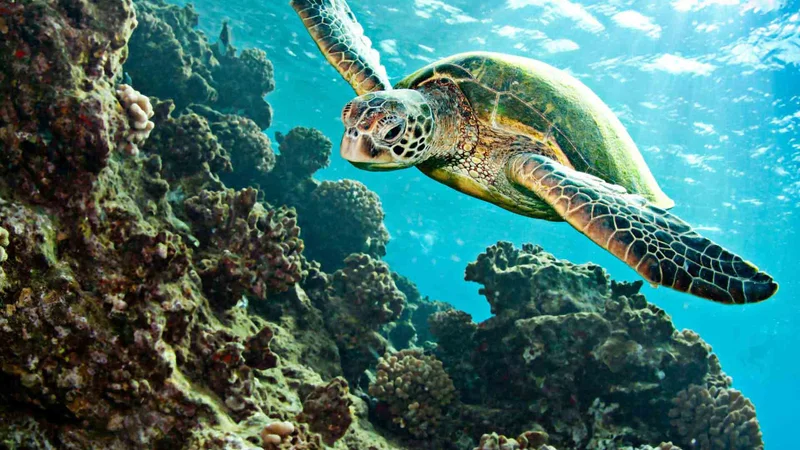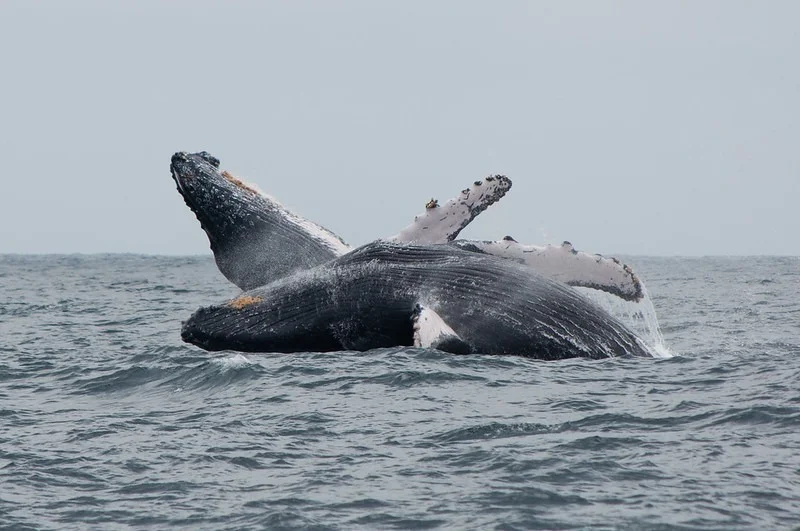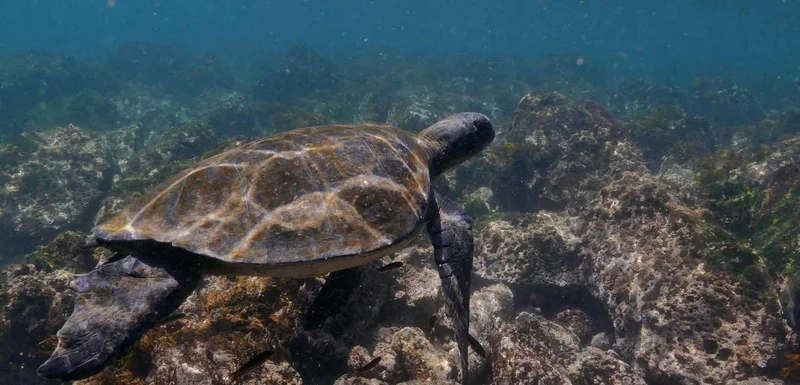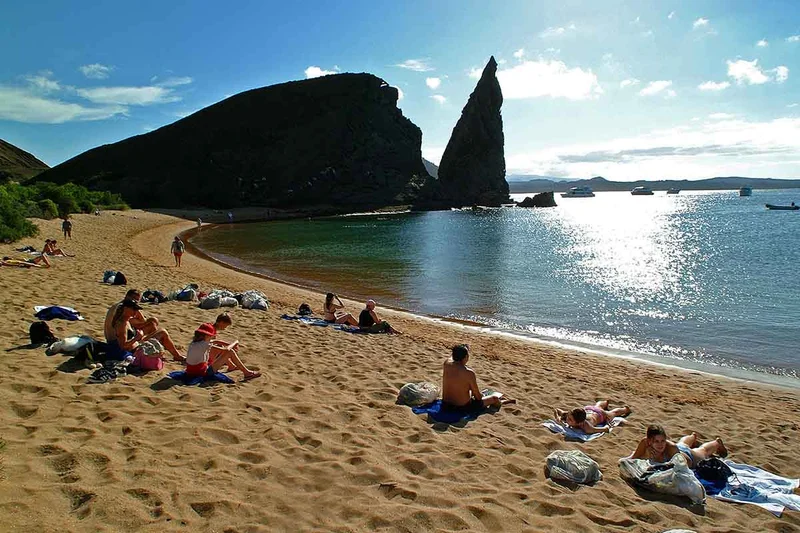
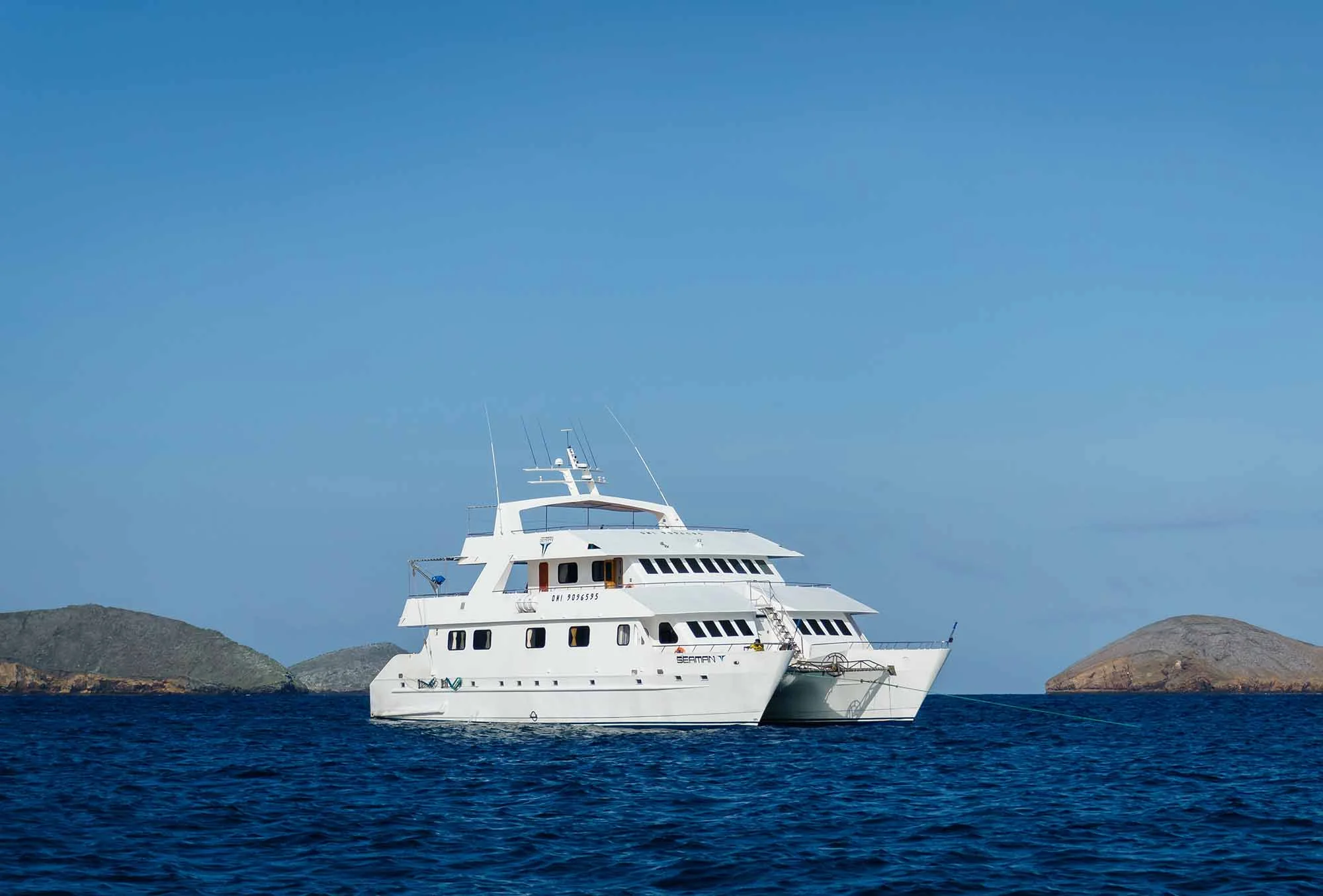
Set off on a seven-day adventure through the Galapagos Islands, where each day brings new and captivating discoveries. Experience the stunning diversity of landscapes, encounter remarkable wildlife, and delve into the geological marvels and historical treasures of this extraordinary archipelago. With abundant marine life and ever-changing scenery, every moment becomes a unique and unforgettable chapter in your Galapagos journey.
7 Day Galapagos Itinerary
Day 1: Santa Cruz Island: Highlands & Twin Craters
Morning: Flight to the Galapagos
Your adventure to the Galapagos Islands begins today! As per the regulations established by the Galapagos Government, a mandatory fee of $20 must be paid for the migration control card.
Upon arrival at Santa Cruz, all passengers must undergo an airport inspection to ensure compliance with regulations that prevent the introduction of foreign plants or animals into the archipelago. Additionally, visitors are required to pay the Galapagos National Park entrance fee, which, as of September 2024, is set at $200 for international travelers and $100 for children under 12 years old.
Our dedicated guide will be waiting to assist you, handling your luggage and escorting you to the shuttle bus that takes visitors to the ferry crossing the Itabaca Channel. Once across, another bus will transfer you to your first excursion at Ranch Manzanillo.
For this experience, it is recommended to wear comfortable walking shoes, lightweight clothing, and a waterproof jacket, as well as apply sunscreen and bring insect repellent, a camera, and other essentials for the activities planned. At Ranch Manzanillo, enjoy a picnic lunch followed by a short walk before boarding the M/C Seaman Journey catamaran. Your luggage will be transferred directly to the yacht for a seamless travel experience.
Santa Cruz presents a fantastic opportunity to observe the iconic Galapagos tortoises in their natural habitat. Beyond tortoise tracking, the island’s highlands boast fascinating geological formations, including lava tubes, sinkholes, and craters, making for an enriching exploration. After this visit, the journey continues as you board the M/C Seaman Journey to begin your Galapagos expedition.
Day 2: Isabela Island: Moreno Point & Fernandina Island: Mangle Point
Morning: Punta Moreno, Isabela Island
Nestled along the northern coast of Isabela Island, between the Sierra Negra and Cerro Azul volcanoes, Punta Moreno is a unique volcanic landscape. The trail winds through a striking Pahoehoe lava field, where solidified lava forms intricate, rippled patterns resembling an accordion. This path leads to a series of coastal lagoons, home to a diverse range of bird species. The surrounding lakes and mangroves provide essential habitats for various avian life, making this a prime spot for birdwatching.
Afternoon: Mangle Point, Fernandina Island
Situated on the eastern coast of Fernandina Island, Mangle Point is an excellent location for snorkeling and wildlife observation. Visitors can explore the lush mangrove forests by panga (zodiac) or choose to embark on a half-mile hike. The area is teeming with wildlife, offering chances to spot sea lions, marine turtles, pelicans, rays, and a variety of bird species. The tranquil waters and rich biodiversity make this a truly immersive Galapagos experience.
Day 3: Isabela Island: Urbina Bay & Tagus Cove
Morning: Urbina Bay, Isabela Island
Located at the base of Alcedo Volcano on the island’s western coast, between Tagus Cove and Elizabeth Bay, Urbina Bay underwent a dramatic uplift in 1954, raising the land by over 16 feet. This event extended the coastline by nearly half a mile, leaving marine life stranded on the newly formed shore.
This area offers excellent snorkeling and features a 3,200-meter (2-mile) trail accessible via a wet landing. The terrain is a mix of sand, pumice, lava, coral, and vegetation, with iguana burrows scattered along the path. The bay is also home to red and blue lobsters, adding to its unique marine ecosystem.
Urbina Bay provides a habitat for Darwin’s finches and is known for its larger land iguanas compared to those found on South Plaza and other Galapagos islands. Wild tortoises can sometimes be spotted, even outside their usual season, often seen roaming at the volcano’s base. The landscape is rich with vegetation, including chamomile, rosewood, and the striking flowers of Darwin’s cotton, an endemic species of the Galapagos.
Afternoon: Tagus Cove, Isabela Island
Situated west of Darwin Volcano, Tagus Cove has long been a historical refuge for pirates and whalers. A unique tradition in this area is the inscription of boat names on the cliffs, with markings dating back to the 1800s still visible today inside a small cave at the start of the trail.
The cove derives its name from the British warship Tagus, which stopped here in 1814 in search of Galapagos tortoises for food. The landscape, shaped by past volcanic eruptions, features an array of volcanic formations, including lapilli—small, nearly spherical rock fragments also known as petrified rain.
Day 4: Fernandina Island: Espinoza Point & Isabela Island: Vicente Roca Point
Morning: Espinoza Point, Fernandina Island
Espinoza Point is a must-visit destination, renowned for its impressive colonies of marine iguanas. It is also home to some of the Galapagos' most unique wildlife, including the flightless cormorant, Galapagos penguin, Galapagos hawk, and Galapagos snake. This pristine environment offers an unparalleled opportunity to observe these extraordinary species in their natural habitat.
Afternoon: Vicente Roca Point
Located on the northwestern coast of the Galapagos, Vicente Roca Point is one of the most striking and dramatic sites in the archipelago. Towering cliffs, along with formations of tuff stone, ash, and lava, create a breathtaking landscape. The area consists of two separate islets, with a large bay that teems with diverse marine life.
This bay is an ideal spot for snorkeling and panga (zodiac) rides, offering opportunities to encounter seahorses, sea turtles, and the fascinating Mola-mola, or sunfish. Visitors may also observe Galapagos penguins, blue-footed boobies, terns, and playful sea lions. The crystal-clear waters provide excellent visibility for spotting stingrays, pufferfish, and other remarkable marine species, making Vicente Roca Point an unforgettable experience.
Day 5: Santiago Island: Espumilla Beach & Puerto Egas
Morning: Espumilla Beach, Santiago Island
Located on the northern coast of Santiago Island within James Bay, Espumilla Beach is a stunning natural site. In the aftermath of the last El Niño event, one of the two lagoons in this area was filled with sediment, leading to the loss of a once-thriving flamingo colony. The site is also home to a serene palo santo forest and serves as an important nesting ground for baby sea turtles, making it a fascinating stop for nature lovers.
Afternoon: Puerto Egas, Santiago Island
Situated on the western coast of Santiago Island, Puerto Egas is known for its striking black sand beach, one of the island’s most unique features. Formed by volcanic tuff deposits, this distinctive shoreline contrasts beautifully with the surrounding landscapes.
The site gets its name from a failed salt-mining operation, an endeavor that was ultimately abandoned due to low salt prices on the mainland, making the venture economically unviable. Today, the remnants of this project stand as a historical relic, adding an intriguing dimension to the natural beauty of Puerto Egas.
Day 6: Rabida Island & Chinese Hat
Morning: Rábida Island
Rábida Island is renowned for its striking red-colored sand and rock formations, a result of oxidized volcanic material shaped by natural elements such as rain, saltwater, and sea breezes. This vibrant hue makes Rábida one of the most visually distinct islands in the Galapagos.
A short walk along a scenic trail leads to a coastal lagoon nestled behind the beach, where visitors can spot a variety of land birds, including finches, doves, yellow warblers, and mockingbirds. The lagoon is also home to a thriving colony of flamingos, adding to the island’s diverse wildlife.
Afternoon: Chinese Hat (Sombrero Chino)
Located just off the southeastern coast of Santiago Island, Chinese Hat—locally known as Sombrero Chino—is a small islet named for its distinctive volcanic cone shape, which resembles a traditional Chinese hat when viewed from the north.
The island features fascinating geological formations, including lava flows and submerged coral-covered lava structures that were once formed beneath the sea before being uplifted. This stop provides an excellent opportunity to observe unique volcanic features, such as lava tubes and solidified flows.
Chinese Hat is also teeming with wildlife, with colonies of sea lions, marine iguanas, and Galapagos penguins inhabiting its shores, making it a spectacular site for exploration and photography.
Day 7: Santa Cruz Island: Black Turtle Cove
Morning: Black Turtle Cove, Santa Cruz Island
Set off on a peaceful dinghy ride to Black Turtle Cove, a hidden sanctuary nestled along the northern coast of Santa Cruz Island, just west of Baltra. This secluded mangrove-lined cove offers a tranquil retreat within the Galapagos, providing an intimate look at its rich marine life.
As your boat glides silently through the calm waters with the engines off, you'll have the chance to observe sea turtles in their natural habitat, engaging in feeding and mating behaviors. The area is also home to three different shark species—the black-tip shark, white-tip shark, and Galapagos shark—frequently spotted beneath the surface.
Adding to the cove’s incredible biodiversity, spotted rays gracefully navigate the waters, while egrets and herons can be seen along the mangrove edges, creating a picturesque wildlife spectacle.
After this serene exploration, you will be transferred to Baltra Airport in time for your return flight to the mainland, marking the conclusion of your Galapagos adventure.
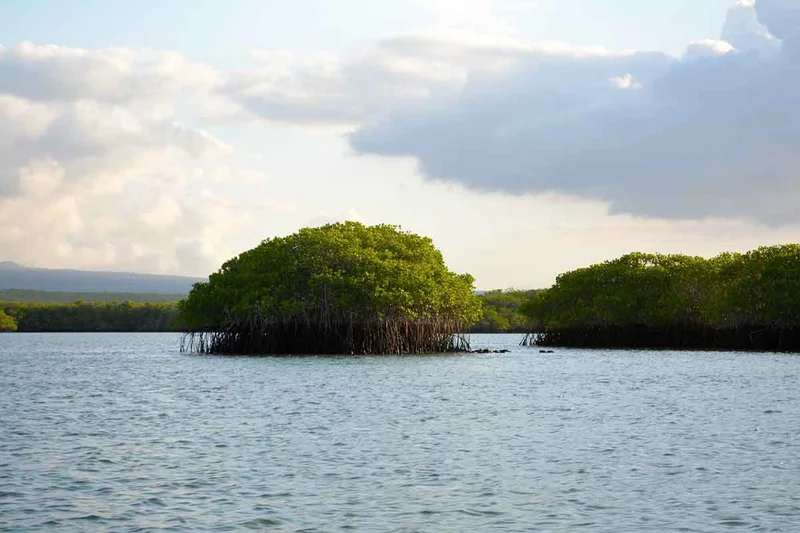
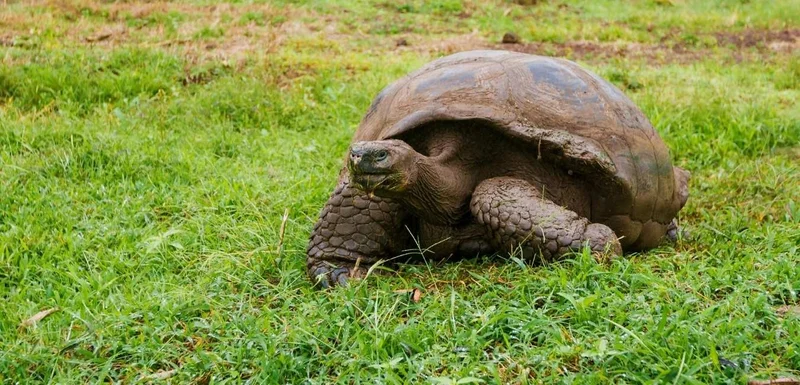
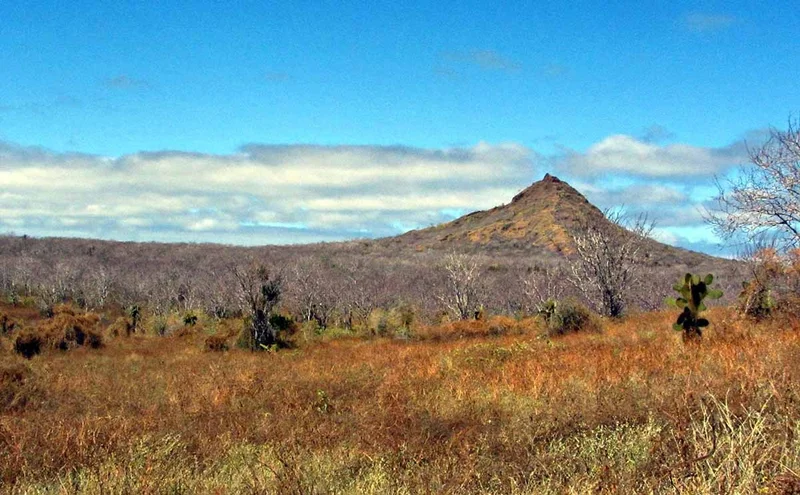
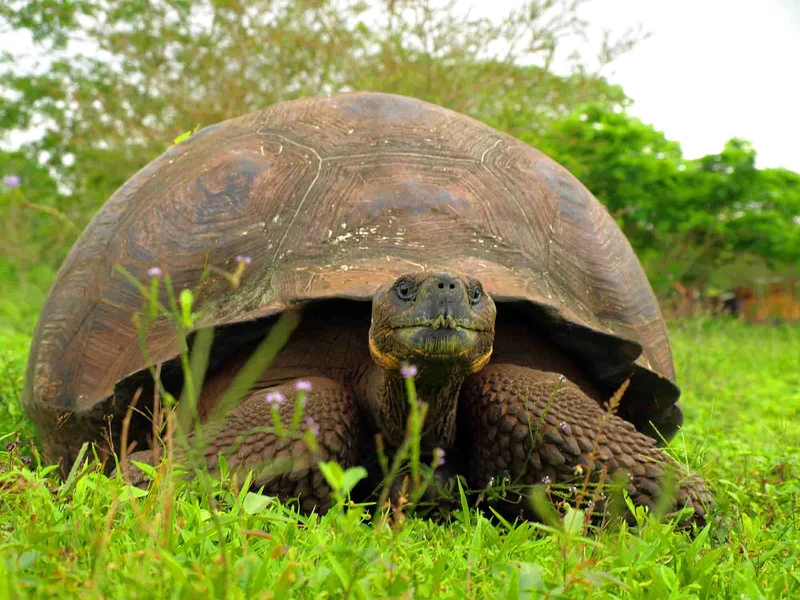
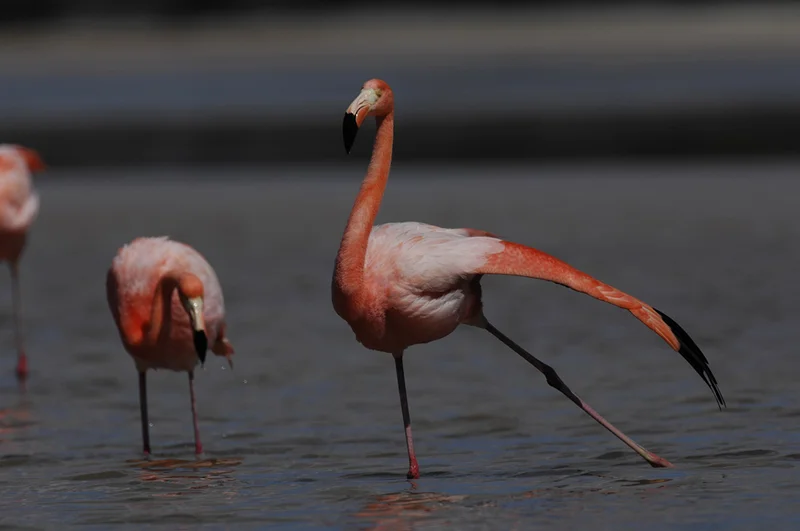
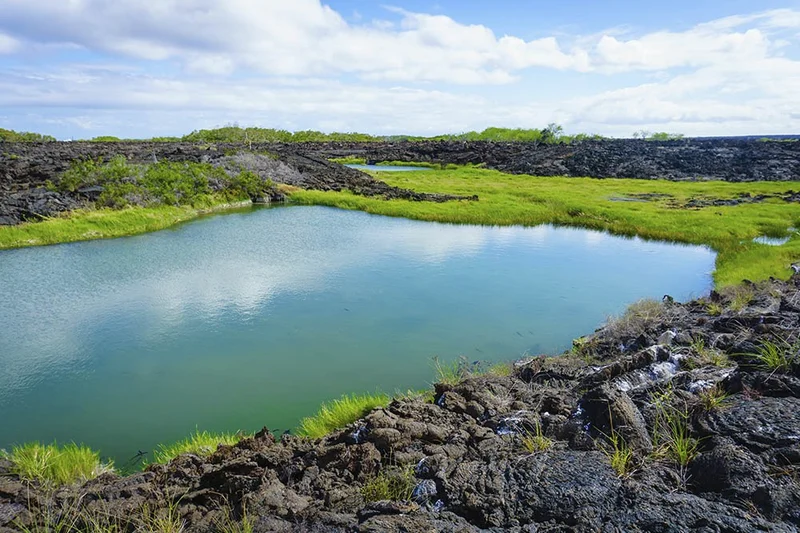
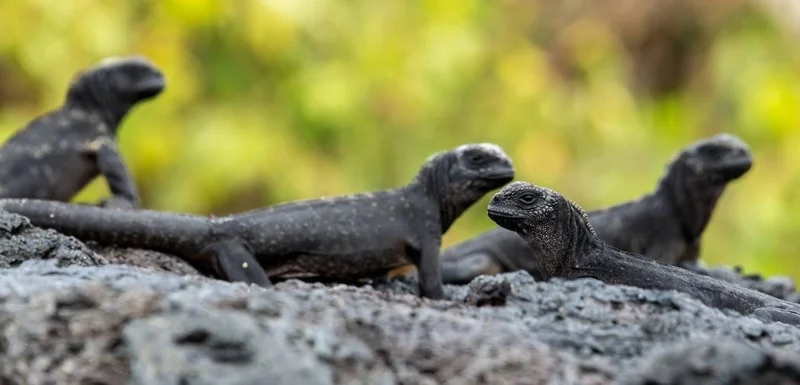
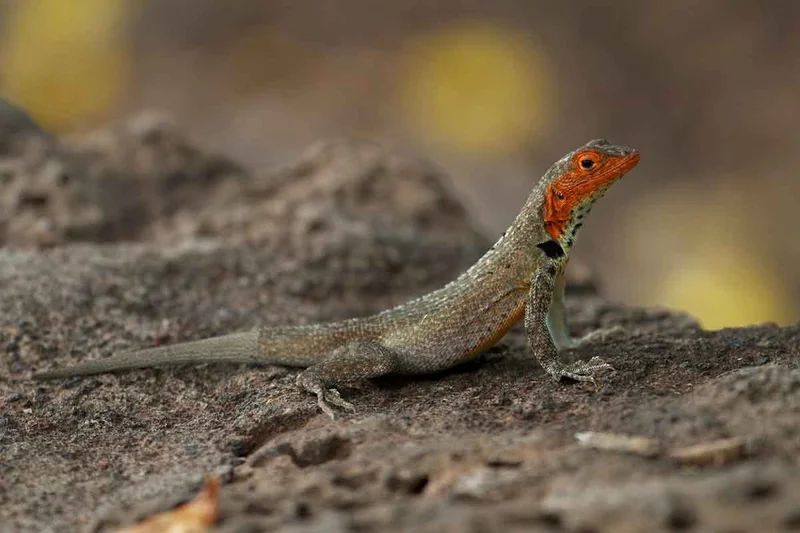
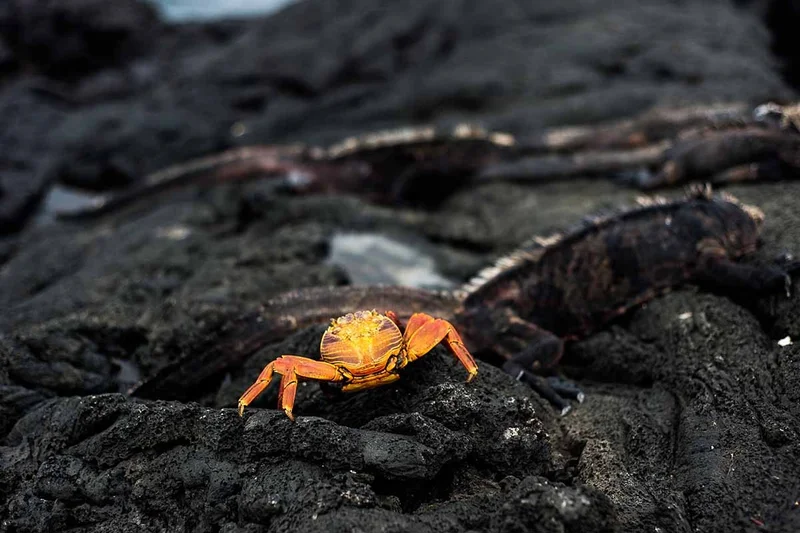
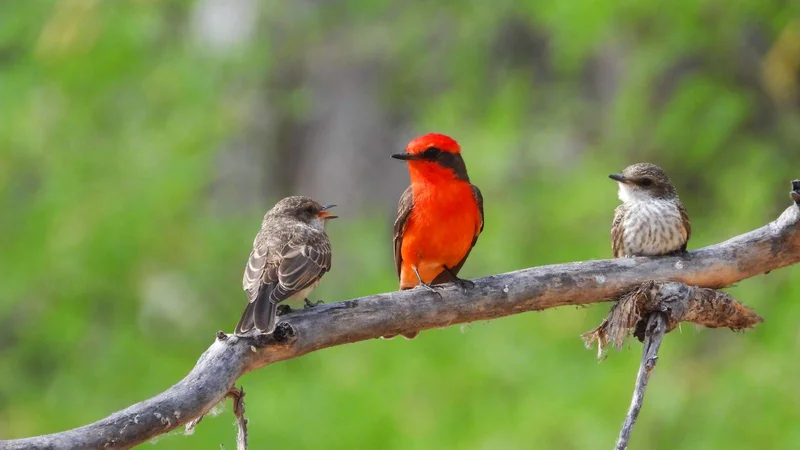
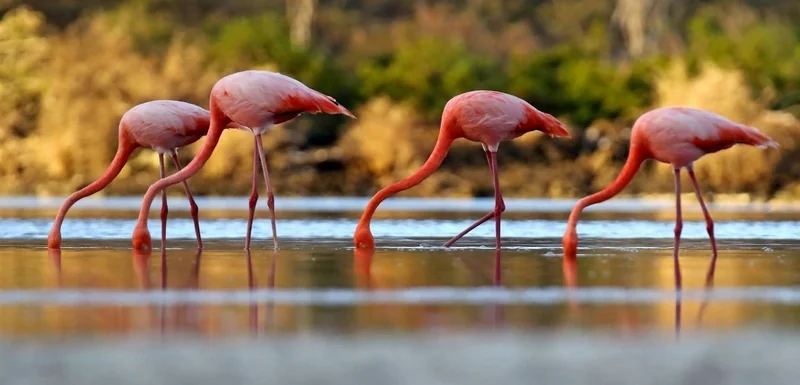
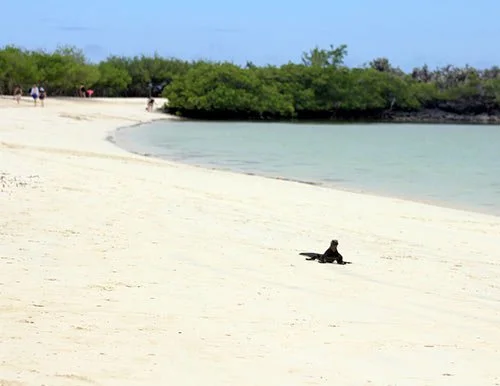
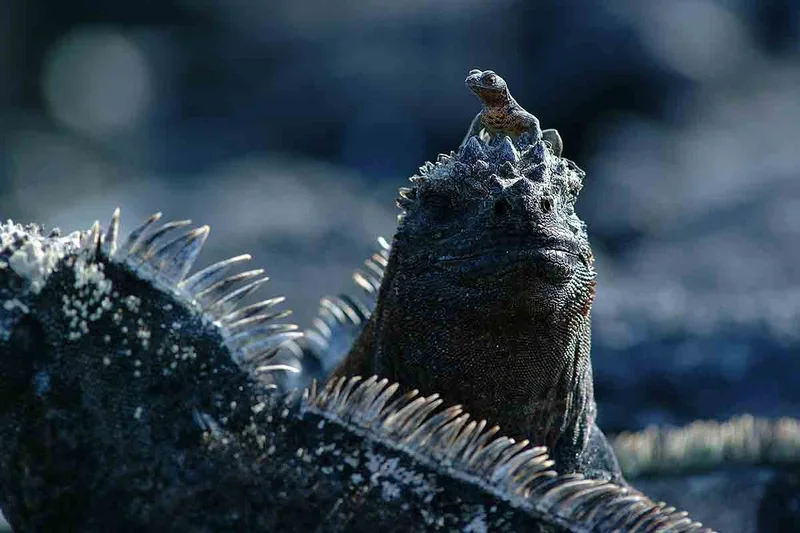
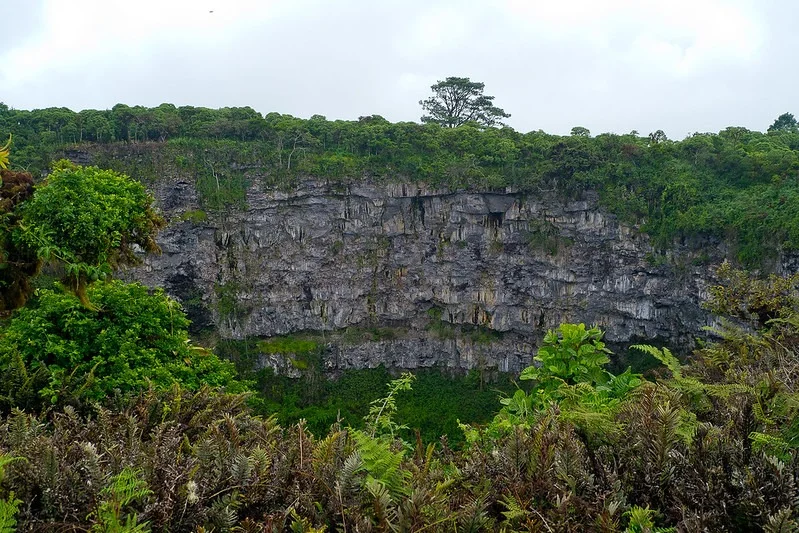
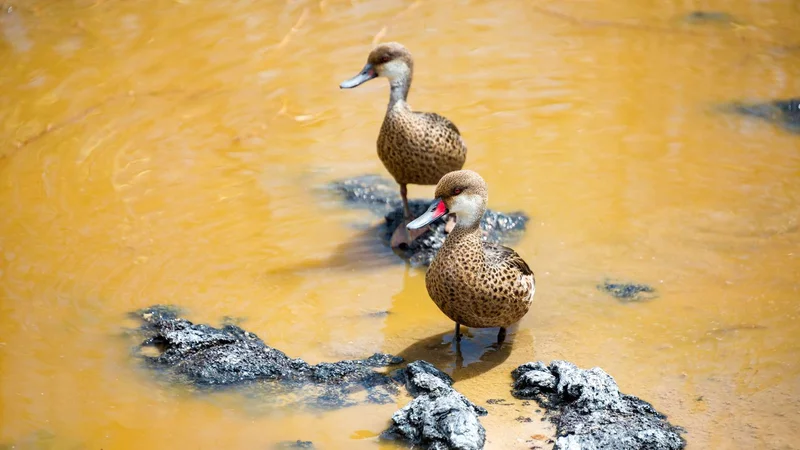
7 Day Galapagos Itinerary Includes
- All programed visits as per itinerary with specialized naturalist bilingual guide
- Accommodation in twin/double cabin with private facilities (surcharge for suite)
- All meals on board, drinking purified water, coffee and tea
- Snorkeling equipment (fins, mask & snorkel) & sea-kayaks
- Transfers within the islands on cruise dates as per itinerary
- Personalized 24/7 assistance during tour
7 Day Galapagos Itinerary Does not Include
- Airfare to/from Galapagos from/to Mainland Ecuador (to be added)
- Galapagos National Park Entrance Fee US$200 per person (in cash only upon arrival)
- Galapagos Migration Card US$20 in cash per person (at Mainland’s Airport)
- Alcoholic/soft drinks, personal expenses, extras, and tips
- All sizes wet-suits for rent on board (in cash)
- Travel, medical & cancelation Insurance and any services on Mainland
- Other services not specified in the program
7 Day Galapagos Itinerary Highlights
- Sea turtles, black-tip, white-tip, and Galapagos sharks, spotted rays, egrets, and herons contribute to the diverse wildlife.
- Visitors can observe land iguanas, red and blue lobsters, and various vegetation, including Darwin's cotton flowers.
- Espumilla Beach, with its red-hued rocks and sand, showcases a palo santo forest and a lagoon with flamingos.
Itinerary Map
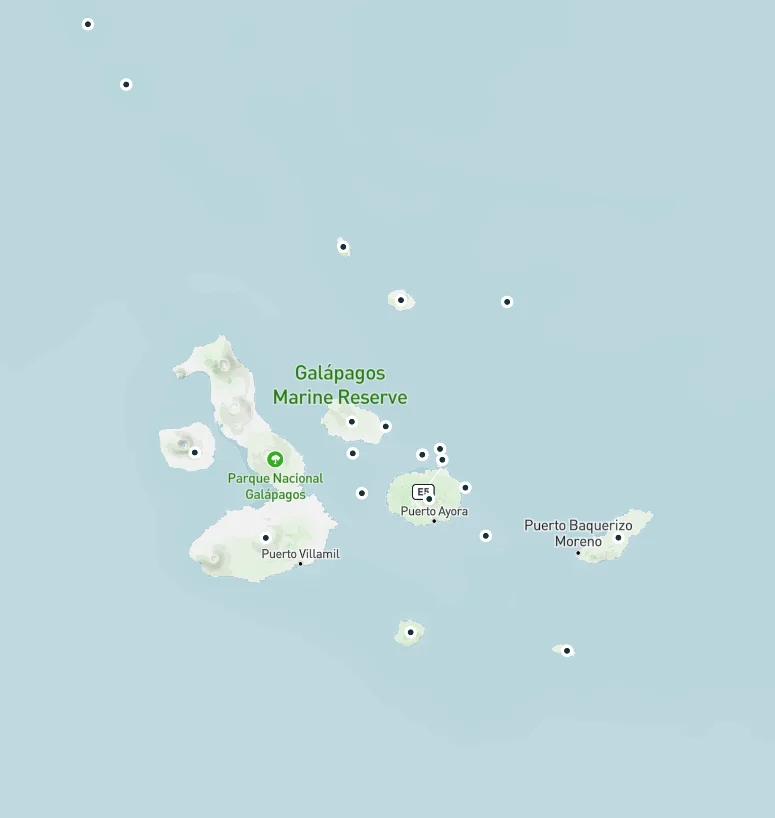
Dates & Promotions
| Dates | Price | Availability | |
|---|---|---|---|
No data | |||
Reviews
Animals you might see on this itinerary:
More information about the Galapagos Islands you visit in this 7 day itinerary:
Why travel with us?
Similar Itineraries
